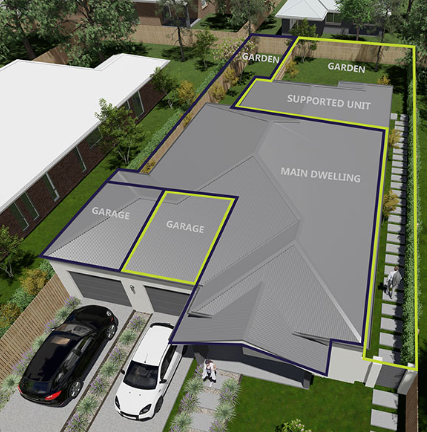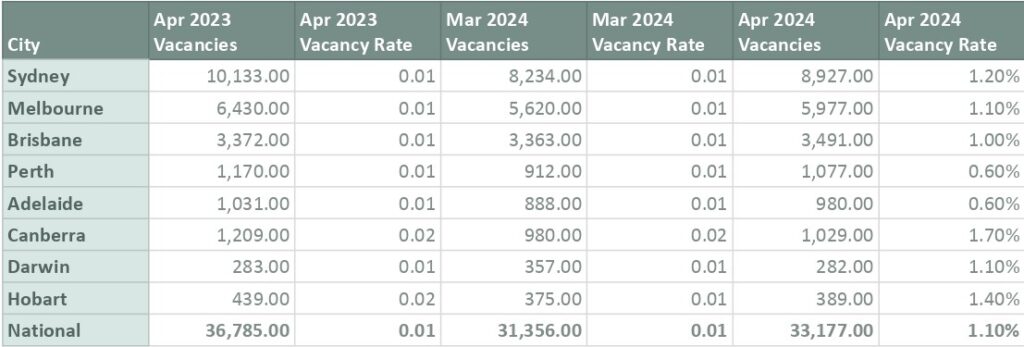ARE DUAL KEY PROPERTIES GOOD INVESTMENTS?
A dual-key property resembles a standard home externally but is divided into two separate units internally.
Unlike a duplex, where units are typically mirror images of each other, dual-key properties feature distinct layouts. Each unit is fully self-contained with its own bedroom, bathroom, and living area, accessible through separate entrances—often one front and one side door, or a foyer leading to two lockable doors.


Consider a dual-key property as a home with an attached granny flat, providing versatility for both homeowners and investors. This setup offers the convenience of distinct living areas within a single structure, perfect for hosting extended family members or creating rental opportunities.
Benefits of Dual Key Investments
One of the primary advantages of investing in a dual-key property is its dual income potential, allowing you to collect rent from two separate units. This dual income stream often covers all expenses and can leave additional funds in your pocket (depending on LVR).
Additionally, dual-key properties typically incur only one council rate or water rate fee since they cannot be strata-titled. This streamlined cost structure treats the property as a single dwelling in the eyes of local authorities.
Moreover, there are potential tax benefits associated with newer properties in Australia. For instance, investors may capitalise on depreciation allowances for items like two bathrooms, two kitchens, and double the fittings and fixtures.
Disadvantages of Dual Key Investments
When considering dual-key properties for investment, it’s important to recognise that you’ll be competing with various other property types to attract suitable tenants. This may entail investing time and resources to meet market demands.
For instance, older properties may require renovations to align with tenant expectations. Dual-key setups typically appeal to a smaller segment of the rental market, such as students or those comfortable with shared living arrangements, who may prioritise affordability over extensive amenities or space.
Additionally, resale values can be quite reliant on the growth of rental prices. As of July 2024, that is not a problem in most areas of Australia but it could be in a few years. Some tenants may also prefer residences without shared accommodations.
Moreover, securing financing for dual-key properties may involve higher deposit requirements, as their valuation methodologies may differ from conventional properties.
Understanding these factors and consulting with buyer’s agents can help navigate potential challenges and optimise investment strategies for dual-key properties.
What does Investia think of Dual Key Properties?
The short answer is, we love them!
The rental market in Australia faced significant challenges post-COVID-19, with increased demand and limited supply exacerbating a rental crisis in many regions.
We are seeing vacancy rates below 1% in Perth, Brisbane and Adelaide which are markets we have been targeting for investments.

As economic recovery spurred population movements and housing shortages persisted, rental prices surged, placing pressure on affordability for tenants nationwide. Policymakers and stakeholders continue to seek solutions to alleviate these housing pressures and stabilise the rental market.
One of these solutions is the Dual Key properties, which help affordable housing and offer great cash flow potential allowing investors to hedge against inflation.
Finding tenants for these types of properties is easier than ever and this is why we highly recommend them for investors in 2024.
